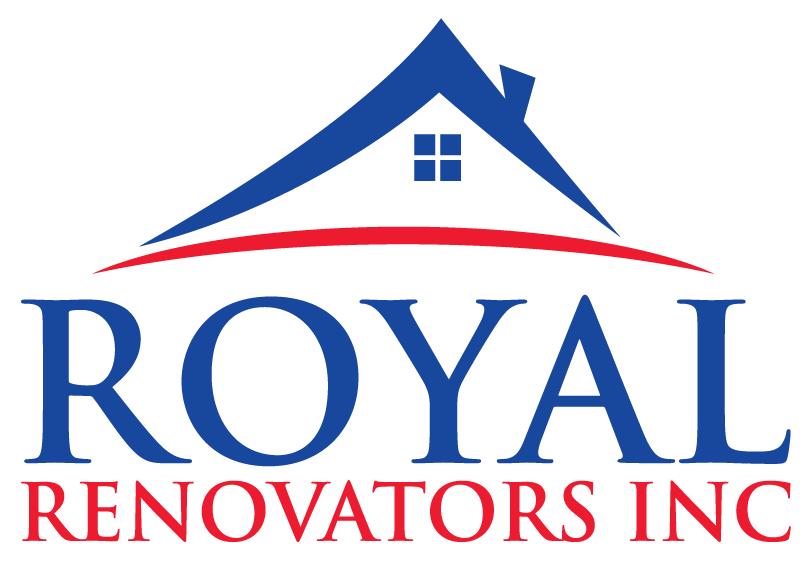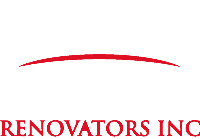Advanced Roofing Inspections: Techniques For Thorough Assessment

A building’s roofing system requires regular inspections to ensure its integrity and lifespan. In order to find hidden problems and conduct more comprehensive evaluations, roofing experts in our company have turned to advanced roofing inspection techniques, which have transformed the industry. In order to provide a thorough assessment of the roof’s state, roofing inspections make use of modern procedures, which will be discussed in this article.
-
Temporal Infrared Imaging
Potential problems that are invisible to the human eye can be located with the use of infrared thermography and thermal imaging cameras. Using infrared thermography, which detects temperature fluctuations on the roof surface, moisture infiltration, insulation gaps, and thermal leaks can be precisely located. It helps inspectors find places where water could be seeping in, electricity could be escaping, and structural problems could be hiding.
-
Inspections using Drone
Drones or unmanned aerial vehicles (UAVs) have quickly become an indispensable tool for roof inspections. Drones with high-resolution cameras may film the roof from different perspectives and take comprehensive pictures of it. Inspecting the roof in its entirety, finding missing or broken shingles, and inspecting chimneys, skylights, and gutters are all made possible by this. Because they allow for the efficient and cost-effective collection of visual data without the need for human access, drone inspections are especially helpful for big or complicated roof structures.
-
Testing without causing damage (NDT)
In order to evaluate the roof’s condition without inflicting any damage, inspectors utilize non-destructive testing procedures. Among these techniques, you can find acoustic testing, electrical impedance scanning, and moisture content measurements made with specialist instruments. There is no need for invasive treatments when using NDT techniques to detect hidden concerns like moisture penetration, substrate degradation, or structural faults.
-
Sampling Focus
Roofing materials can be “core sampled” by cutting out tiny pieces and sending them to a lab for examination. Using this method, inspectors may thoroughly assess the roofing layers’ composition, quality, and condition. You can learn a lot about the roof’s durability, material deterioration, moisture levels, and contaminants by taking core samples. Inspecting the samples allows inspectors to offer educated suggestions for replacements or fixes.
-
Data Analytics and Roofing Software
Roof inspections are now much more efficient and accurate thanks to developments in roofing software and data analytics. Inspectors may write thorough reports, keep tabs on maintenance history, and input and arrange inspection data with the use of specialized software tools. Using data analytics, we can see trends, evaluate the roof’s performance through time, and learn more about how to keep it in good repair. These tools make it easier to make informed decisions, better organize data, and speed up the inspection process.
Conclusion
Professionals now assess roof conditions using state-of-the-art roofing inspection techniques. Spending money on cutting-edge roofing inspection tools is a smart move that will save you money in the long run thanks to early diagnosis, efficient maintenance, and prevention.
Contact our professional roofers at 118-35 Queens Blvd Forest Hills, NY 11375 (718) 414-6067 https://www.nycrenovators.com
Our Post Lists
Copyright Ⓒ 2022 Royal Renovators Inc. All Rights Reserved

